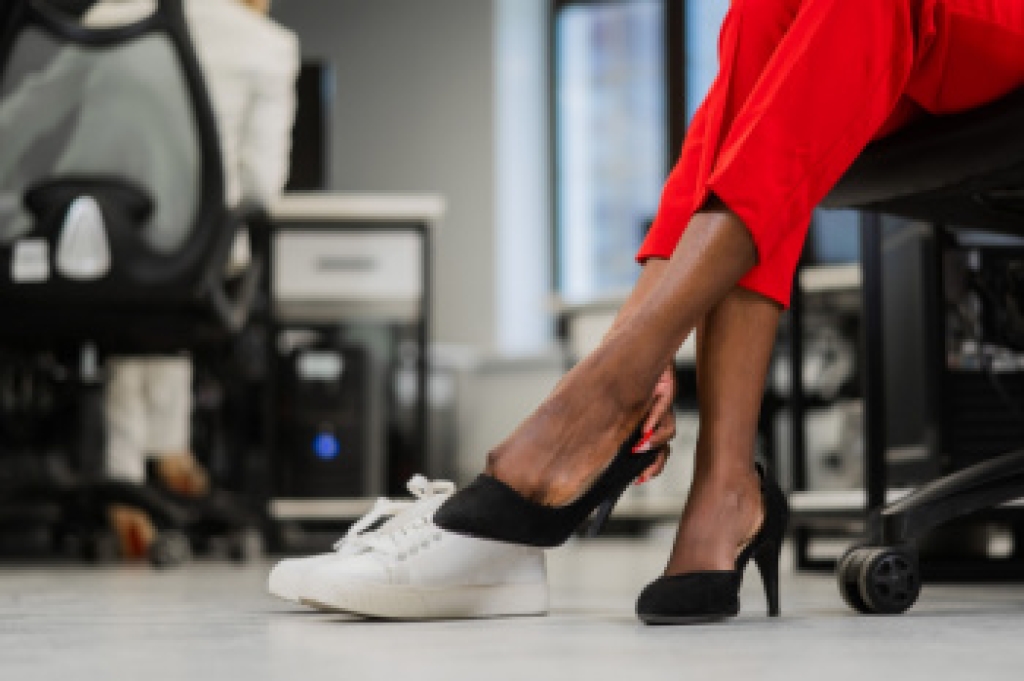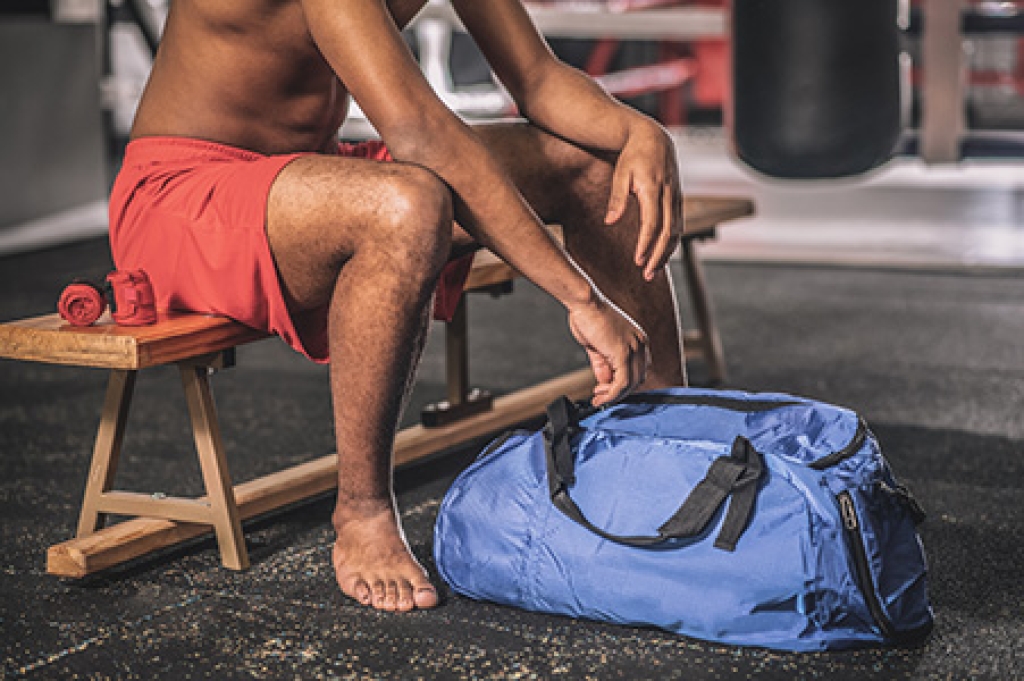
Strong ankles can help improve comfort and stability when wearing high heels. Ankle flexion is performed by pointing your toes upward to stretch and strengthen the front of the ankle. Ankle extension is done by pointing your toes downward to work the calf muscles and improve balance. Additionally, ankle circles involve rotating your ankles slowly in both directions to increase flexibility and mobility. Regularly practicing these ankle strengthening exercises can reduce the risk of pain or injury from high heels. A podiatrist can assess your ankle strength, recommend targeted exercises, and provide supportive care to keep your feet healthy. If you have foot or ankle pain from frequently wearing high heels, it is suggested that you consult a podiatrist who can treat various foot conditions, and guide you toward additional ankle stretches.
Exercising your feet regularly with the proper foot wear is a great way to prevent injuries and build strength. If you have any concerns about your feet, contact Deborah Rosenfeld from Rosenfeld Podiatry. Our doctor can provide the care you need to keep you pain-free and on your feet.
Exercise for Your Feet
Exercise for your feet can help you gain strength, mobility and flexibility in your feet. They say that strengthening your feet can be just as rewarding as strengthening another part of the body. Your feet are very important, and we often forget about them in our daily tasks. But it is because of our feet that are we able to get going and do what we need to. For those of us fortunate enough to not have any foot problems, it is an important gesture to take care of them to ensure good health in the long run.
Some foot health exercises can include ankle pumps, tip-toeing, toe rises, lifting off the floor doing reps and sets, and flexing the toes. It is best to speak with Our doctor to determine an appropriate regimen for your needs. Everyone’s needs and bodies are different, and the activities required to maintain strength in the feet vary from individual to individual.
Once you get into a routine of doing regular exercise, you may notice a difference in your feet and how strong they may become.
If you have any questions, please feel free to contact our office located in Marlton, NJ . We offer the newest diagnostic and treatment technologies for all your foot care needs.





